Instrument calibration is a critical process, especially for B2B clients, with manufacturing factories being the primary audience. But why is calibration so important for factories, and which ones need it? This article explores the necessity of instrument calibration in industrial settings and outlines the key factors to consider.
Why Do Factories Need Instrument Calibration?
Factories require instrument calibration because they rely heavily on measuring instruments at various stages of production. From initial manufacturing processes to final product inspection, measurement accuracy is crucial. Proper calibration ensures:
Accurate Measurements: Precision in measurements leads to consistent product quality.
Regulatory Compliance: Adherence to industry standards and legal requirements.
Cost Control: Reducing production waste and operational inefficiencies.
Enhanced Reputation: Maintaining a reliable image in the market.
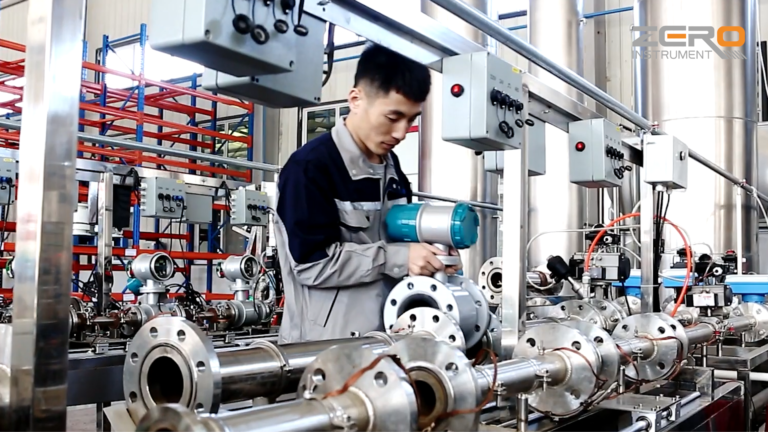
Types of Instrument Calibration and Verification
Before undergoing calibration, factories must differentiate between the types of measurement checks applicable to their instruments. There are two primary types:
Verification (Mandatory Calibration):
This applies to instruments that require legal and regulatory compliance, particularly those impacting public safety, trade, healthcare, and environmental monitoring.
Instruments under this category are subject to government-mandated verification.
Non-compliance may result in penalties and legal consequences.
Calibration (Voluntary but Essential):
This covers all other instruments outside the mandatory verification scope.
Calibration ensures accuracy in production, helping companies achieve cost efficiency and quality control.
While not legally required, it plays a vital role in minimizing errors and enhancing product reliability.
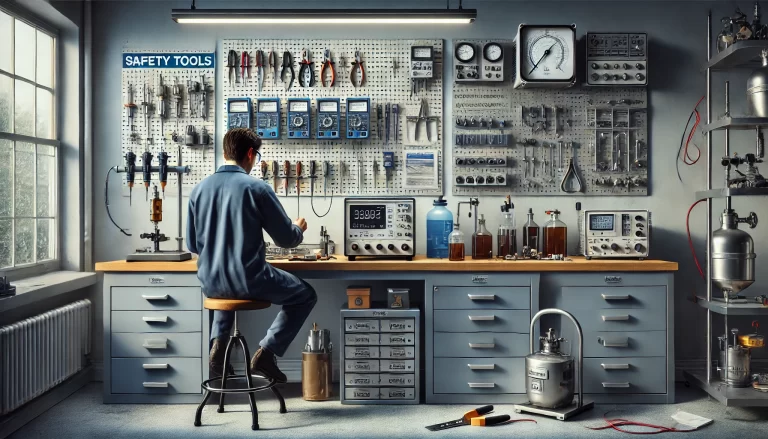
Steps for Effective Instrument Calibration in Factories
To ensure an effective calibration process, factories should follow these key steps:
Identify Instrument Categories:
Classify instruments based on their application in production, quality control, and management.
Determine which instruments fall under mandatory verification (strong enforcement) and which require routine calibration.
Choose a Certified Calibration Service Provider:
Partner with accredited calibration labs to ensure compliance with industry standards such as ISO/IEC 17025.
Ensure service providers use traceable calibration standards.
Schedule Regular Calibration Intervals:
Establish a periodic calibration schedule based on instrument usage frequency and criticality.
Maintain a calibration log for audits and quality assurance purposes.
Monitor and Evaluate Calibration Results:
Analyze calibration reports to identify potential deviations and take corrective actions.
Implement continuous improvement strategies to enhance measurement accuracy.
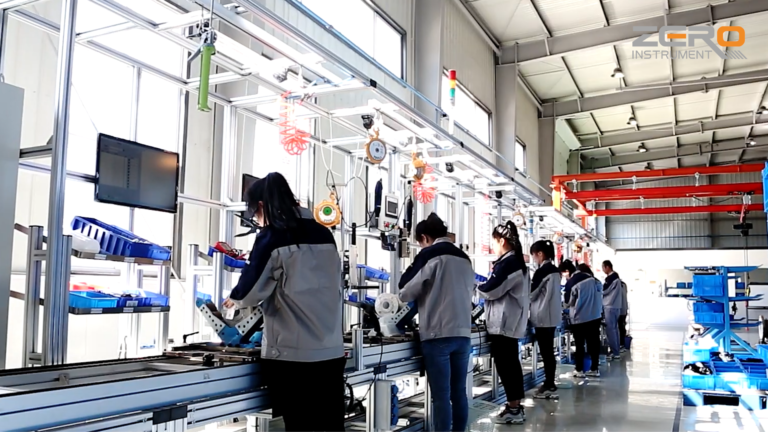
Common Factory Instruments Requiring Calibration
Factories use a wide variety of instruments, each serving a specific function. These instruments can be categorized as follows:
Dimensional Measuring Instruments:
Vernier calipers, micrometers, coordinate measuring machines (CMMs), projectors.
Mechanical Instruments:
Scales, balances, load cells.
Thermal Instruments:
Thermometers, temperature and humidity sensors.
Electrical Instruments:
Multimeters, power supplies, oscilloscopes.
Instrument Classification Based on Calibration Needs
To better understand which instruments require calibration, they can be classified into the following categories:
Category A: Instruments subject to government-mandated verification, including:
Trade-related measurement tools.
Healthcare and environmental monitoring devices.
Safety-critical equipment.
Category B: Instruments used for internal quality control and process optimization:
Production monitoring devices.
Material testing instruments.
Category C: Instruments used for monitoring purposes that do not directly impact product quality:
Pressure gauges in non-critical systems.
Display-only indicators.
Category D: Instruments with no regulatory calibration requirements but are essential for operational efficiency:
Specialized industrial equipment.
Testing and measurement devices without defined calibration standards.
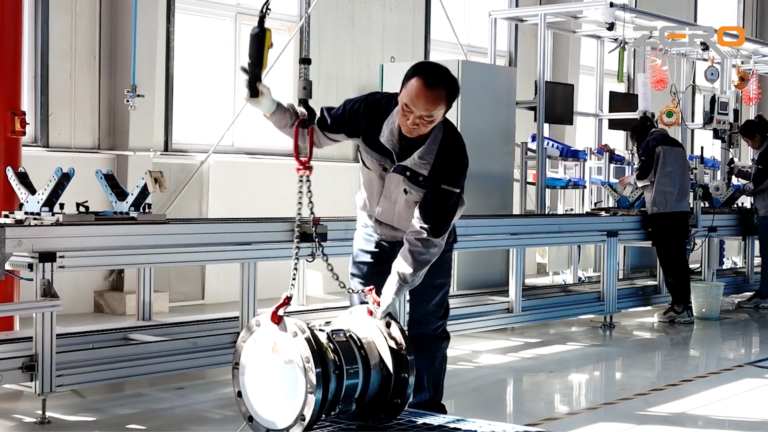
Consequences of Skipping Instrument Calibration
Failing to calibrate instruments can lead to significant operational issues, including:
Increased Product Defects: Inaccurate measurements result in production errors and non-compliant products.
Legal Risks: Non-compliance with industry regulations can lead to fines or business closure.
Loss of Customer Trust: Poor quality control damages a company’s reputation and market position.
Higher Maintenance Costs: Uncalibrated instruments may lead to frequent breakdowns and costly repairs.
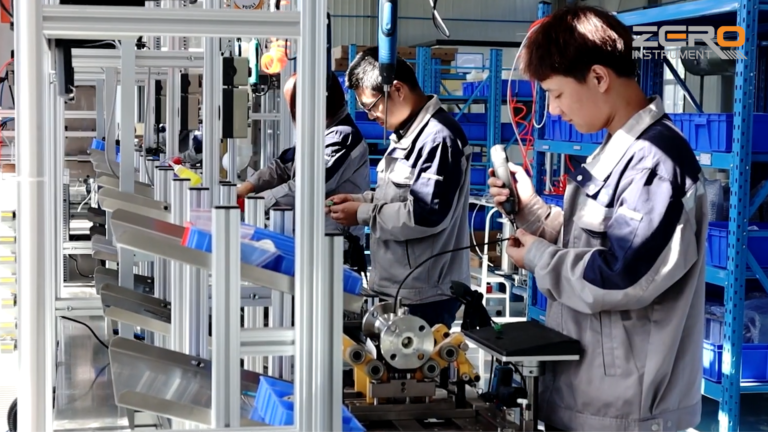
Conclusion
Instrument calibration is a vital process for factories aiming to maintain high-quality standards, regulatory compliance, and operational efficiency. By categorizing instruments, selecting accredited calibration providers, and adhering to a strict calibration schedule, factories can ensure consistent product quality and long-term success.
Regular calibration should not be viewed as an optional task but rather as a strategic investment in quality assurance and business sustainability.
